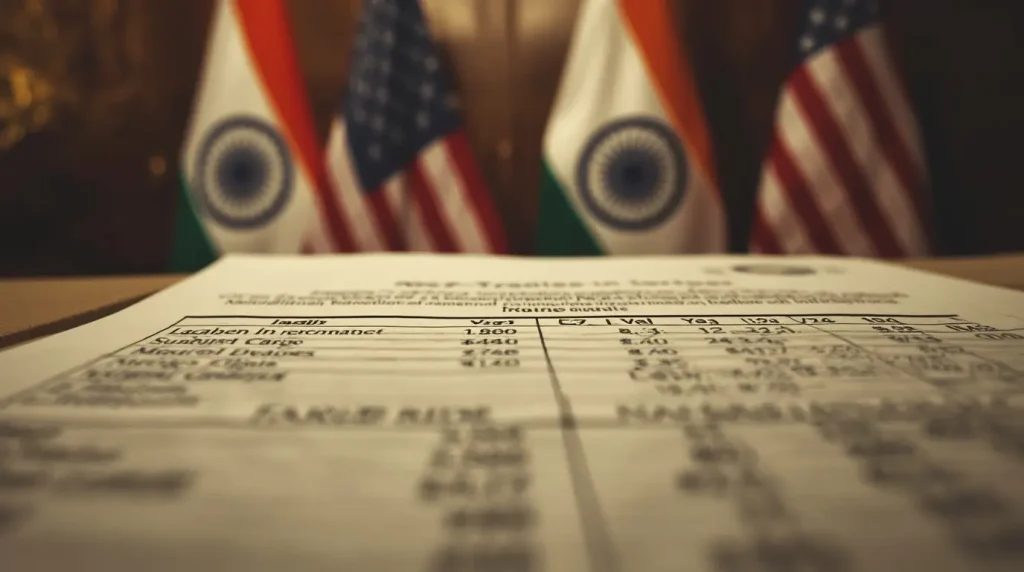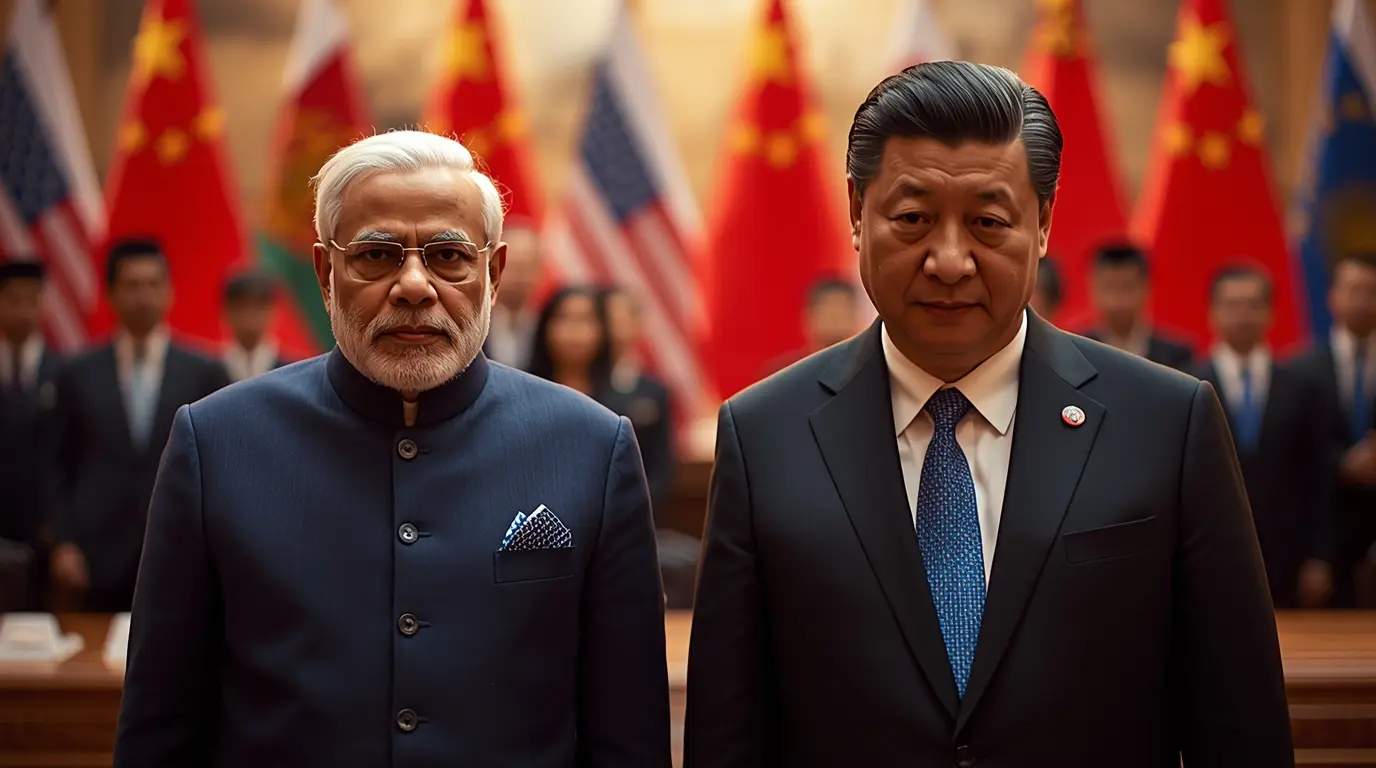Introduction
The landscape of international trade is changing dramatically. This is especially true since the US has placed a 50% tariff on Indian exports. Now, relationships and economic policies are being reshaped. As the deadline has passed, India has strategically turned towards China and Russia while simultaneously promoting self-reliance. This blog discusses how tariff-induced tensions are creating new partnerships and shifting the balance of power in Asia.
The U.S. Tariff Hammer: Why India Faces a 50% Blow
One of the highest tariffs applied to a trading partner, the 50% tariff on Indian goods placed during the Trump administration is in response to India’s oil purchases from Russia, which the US views as funding the Ukraine war. The heightened tariff puts India’s exports of textiles, gems, jewelry, and seafood worth $60.2 billion at risk, and poses a significant threat of 43% reduction in trade with the US. This has the potential to put 2 million Indian jobs at risk.
Key Impacted Sectors:
- Textiles and Apparel: Facing potential 70% export declines.
- Gems and Jewelry: Critical revenue stream now jeopardized.
- Small Businesses: The domestically owned MSME export sector is largely representative of the employment risk.
India’s projected growth has been reduced from 6.5% to 5.6% and economists expect a decline in GDP by 0.9%. While the tariff structure does exempt electronics and pharmaceuticals, the more labor-intensive sectors still face significant challenges.

India’s Hedging Strategy: Embracing China and Russia
India has begun reaching out to these long-standing rivals due to tariff discrimination. Prime Minister Modi’s participation in the SCO Summit in China illustrates this. Key milestones include:
Diplomatic Thaw: Reinstatement of direct flights between India and China suspended since the 2020 border clash.
Trade Talks: Focusing on the supply of rare earth materials, fertilizers, and even mechatronic tunnel boring machines from China.
Russian Alignment: Strengthening energy relations as Russia provides more than a third of India’s crude oil, marked by Foreign Minister Jaishankar’s visit to Moscow.
In a surprising move, Xu Feihong, China’s Ambassador to India, condemned the US tariff policy as “bullying” and promised India support. This is a complete turnaround from previous Sino-Indian relations.
Domestic Reforms: Modi’s Self-Reliance Push
To deal with tariff shocks, Modi’s government is focusing on economic agility:
GST Overhaul: India’s goods and services tax will be simplified and placed under a two-tier system to stimulate consumption.
“Swadeshi” Campaign: Increased spending and manufacturing by domestic consumers and businesses through “Made In India” drives.
Fiscal Stimulus: A proposed $20 billion tax cut is aimed at export losses to maintain GDP.
Experts believe these actions may lead to a spending-driven recovery, capitalizing on private consumption which makes up 60% of India’s GDP.
Global Ramifications: Who Gains from the Tariff War?
Indirectly, the U.S. tariff approach fortifies China and Vietnam:
Supply Chain Realignment: Vietnam’s electronics sector surged 12% YoY with companies like Apple shifting production.
Chinese Benefit: China could fill the gap in India’s textile and gemstone exports.
Emerging Markets: Investors are shifting to BRICS countries, focusing on energy and infrastructure.
The Road Ahead: Multipolar Trade Alliances
The conflict speeds up the retreat of U.S.-centric globalization. Key trends to watch:
- Modi-Xi conversations might lead to new bilateral trade agreements outside the SCO’s western-focused framework.
- China and India might team up to challenge U.S. tariffs at the WTO.
- Greater India-China integration is complicated by border and security tensions.”
Conclusion
The offensive strategy of the US has changed the geopolitical landscape of India. Although China may continue to be an economic detriment in the short run, India’s domestic reforms and economic hedging may be able to bring China to heel, and make India an economic powerhouse. Internationally, however, the US and it’s allies are re-assured that India is proving that tariffs have the ability to realign geopolitical influences. Tariff driven survival has now redefined nationalism.
Source: https://edition.cnn.com/2025/08/26/india/india-china-relations-sco-summit-intl-hnk
For more incredible stories of everyday news, return to our homepage.





